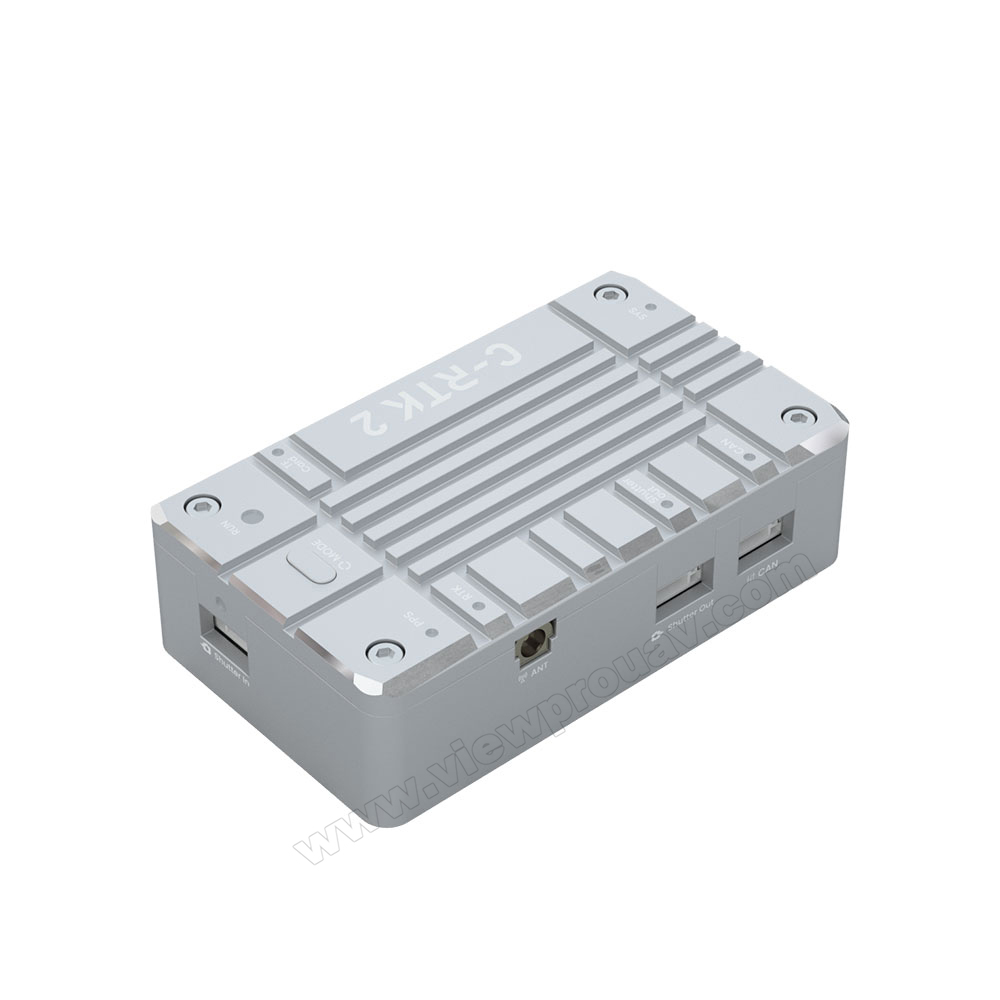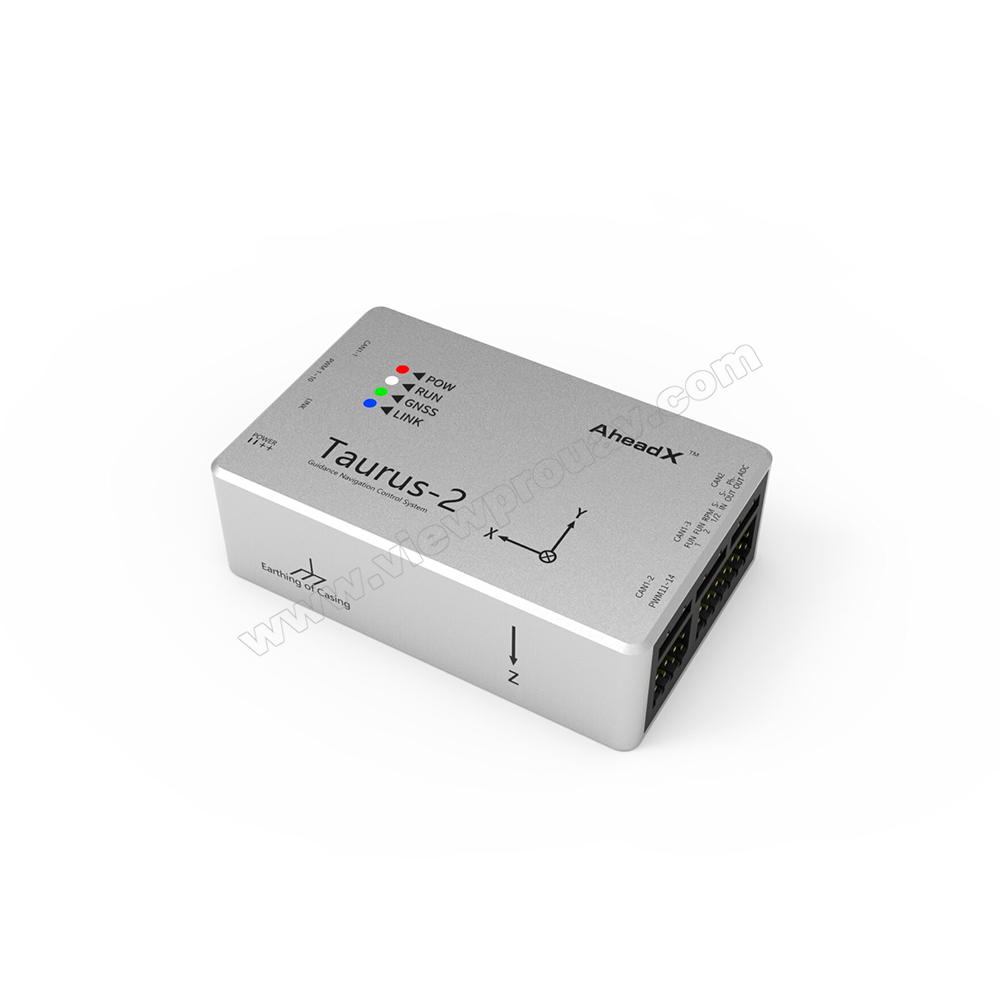SparkNavi Drone Flight Controller and GNSS/INS Made in Taiwan: Blazing A Trail in Drone Technology
The Value of Drone Trip Controllers in Modern Aerial Technology: Trick Parts and Their Effect
In the world of modern-day aerial technology, drone flight controllers offer as the essential systems that coordinate a drone's efficiency and capacities. These innovative systems integrate crucial components such as microcontrollers and GPS modules, helping with stability and accuracy in trip procedures. Their function is specifically pronounced in independent functions, where sophisticated formulas improve navigating and barrier evasion. As sectors significantly rely upon drones for applications ranging from agriculture to surveillance, the developing innovation within flight controllers raises important questions regarding their future effect and prospective improvements. What innovations lie ahead that could redefine our understanding of drone capacities?

Overview of Drone Trip Controllers
In the realm of aerial modern technology, drone trip controllers work as the essential mind of unmanned airborne lorries (UAVs), making it possible for exact maneuverability and security throughout trip. These innovative systems incorporate sensor data, refining algorithms, and control inputs, permitting drones to implement intricate flight patterns with precision.
Drone trip controllers use different sensors, such as gyroscopes, accelerometers, and GPS components, to evaluate the UAV's positioning and position in real-time. This info is important for preserving balance and making certain risk-free operation in diverse ecological problems. The controllers procedure this data to make immediate modifications to the drone's motors, enabling smooth transitions and receptive handling.
Moreover, trip controllers are geared up with advanced software application that supports features such as waypoint navigation, obstacle avoidance, and autonomous trip capacities. This software is crucial for both business and entertainment applications, where integrity and precision are extremely important. As drone innovation continues to breakthrough, the evolution of trip controllers will play a pivotal duty in improving UAV flexibility, security, and capability, eventually increasing their applications throughout various sectors.
Secret Elements Explained
Understanding the basic elements of drone trip controllers is important for realizing just how these systems run effectively. At the heart of a trip controller is the microcontroller, which acts as the mind, refining information from numerous sensing units and implementing commands. Necessary sensing units consist of gyroscopes and accelerometers, which determine the drone's orientation and activity, providing vital responses for stablizing.
Another secret element is the measure, which assesses elevation by determining air pressure, while GPS modules supply positional information, making it possible for self-governing navigating - SparkNavi drone flight controller and GNSS/INS made in taiwan. The trip controller likewise interfaces with Electronic Speed Controllers (ESCs), which manage the speed of the drone's motors based on the controller's commands
Interaction components, such as radio receivers, help with push-button control input, permitting operators to send commands in real-time. Furthermore, some trip controllers incorporate software application that can deal with complex algorithms for waypoint navigating, flight preparation, and telemetry information analysis.
Duty in Trip Stability
Central to maintaining trip security, drone trip controllers make use of sophisticated formulas to process sensor information and make real-time modifications. These controllers are equipped with a range of sensors, including accelerometers, gyroscopes, and measures, which continuously keep track of the drone's speed, elevation, and alignment. By translating this data, the trip controller can identify variances from the desired flight course and react without delay to preserve security.
As an example, if a drone experiences an unforeseen gust of wind, the trip controller can rapidly change the electric motor speeds to combat the disturbance, ensuring a constant flight trajectory. This ability is essential not just for hand-operated flight operations however additionally for performing complicated maneuvers and maintaining smooth flight in numerous ecological conditions.
.jpg)
Furthermore, the sophisticated algorithms made use of in flight controllers, such as PID (Proportional-Integral-Derivative) control, permit fine-tuning of the drone's action to changes in trip problems. By optimizing these control criteria, trip controllers can boost security, enhance responsiveness, and minimize pilot work. Inevitably, the function of flight controllers in making sure trip stability is crucial for the safe and reliable procedure of contemporary drones throughout diverse applications.
Effect on Autonomous Procedures

Self-governing operations are especially important in varied applications such as delivery, farming, and surveillance services. With boosted flight click this controllers, drones can autonomously browse fixed paths, effectively gather data, and adjust to vibrant environments. This capability minimizes the need for constant human oversight, thereby raising operational performance and security.
In addition, the implementation of maker understanding techniques within flight controllers makes it possible for drones to boost their performance in time by picking up from previous goals. This flexibility paves the means for extra sophisticated self-governing applications, such as swarm technology, where numerous drones coordinate their activities to attain a common objective.
Future Trends in Flight Controllers
Advancements in flight controller technology are poised to change drone capacities in the coming years. One significant trend is the assimilation of artificial knowledge (AI) and maker discovering algorithms, allowing drones to discover from their atmospheres and make real-time choices. This innovation will boost autonomous navigating, obstacle avoidance, and mission planning, substantially enhancing functional performance and security.
Moreover, the growth of sophisticated sensor modern technologies, such as LiDAR and multispectral imaging, will certainly provide trip controllers with richer data inputs. This will certainly help with extra innovative analytical abilities, enabling drones see post to perform complicated jobs, such as accuracy search, rescue and farming, and framework evaluations with unmatched precision.
Another emerging pattern is the miniaturization of flight controller parts, which will certainly lead to lighter and extra portable drones. This advancement will certainly prolong trip periods and haul capacities, making drones a lot more flexible for different applications.
Verdict
To conclude, drone trip controllers serve as vital elements in contemporary aerial technology, making sure security and precision in ability to move with the assimilation of microcontrollers, accelerometers, and GPS components. SparkNavi drone flight controller and GNSS/INS made in taiwan. Their capacity to enable independent operations and adjust to various applications underscores their importance throughout several sectors. As improvements in expert system and sensing unit modern technology proceed to arise, the possibility for enhanced abilities and enhanced operational performance in drone systems will likely improve the future of airborne applications
Central to preserving trip Read Full Article security, drone trip controllers make use of advanced algorithms to process sensing unit data and make real-time modifications. By translating this data, the trip controller can recognize inconsistencies from the desired flight course and respond immediately to keep security.
Moreover, the advanced algorithms used in trip controllers, such as PID (Proportional-Integral-Derivative) control, enable for fine-tuning of the drone's action to changes in trip conditions. Ultimately, the function of trip controllers in making sure flight stability is crucial for the safe and effective procedure of modern-day drones across diverse applications.
The improvements in drone flight controllers not only enhance flight stability yet also significantly influence independent operations. SparkNavi drone flight controller and GNSS/INS made in taiwan.